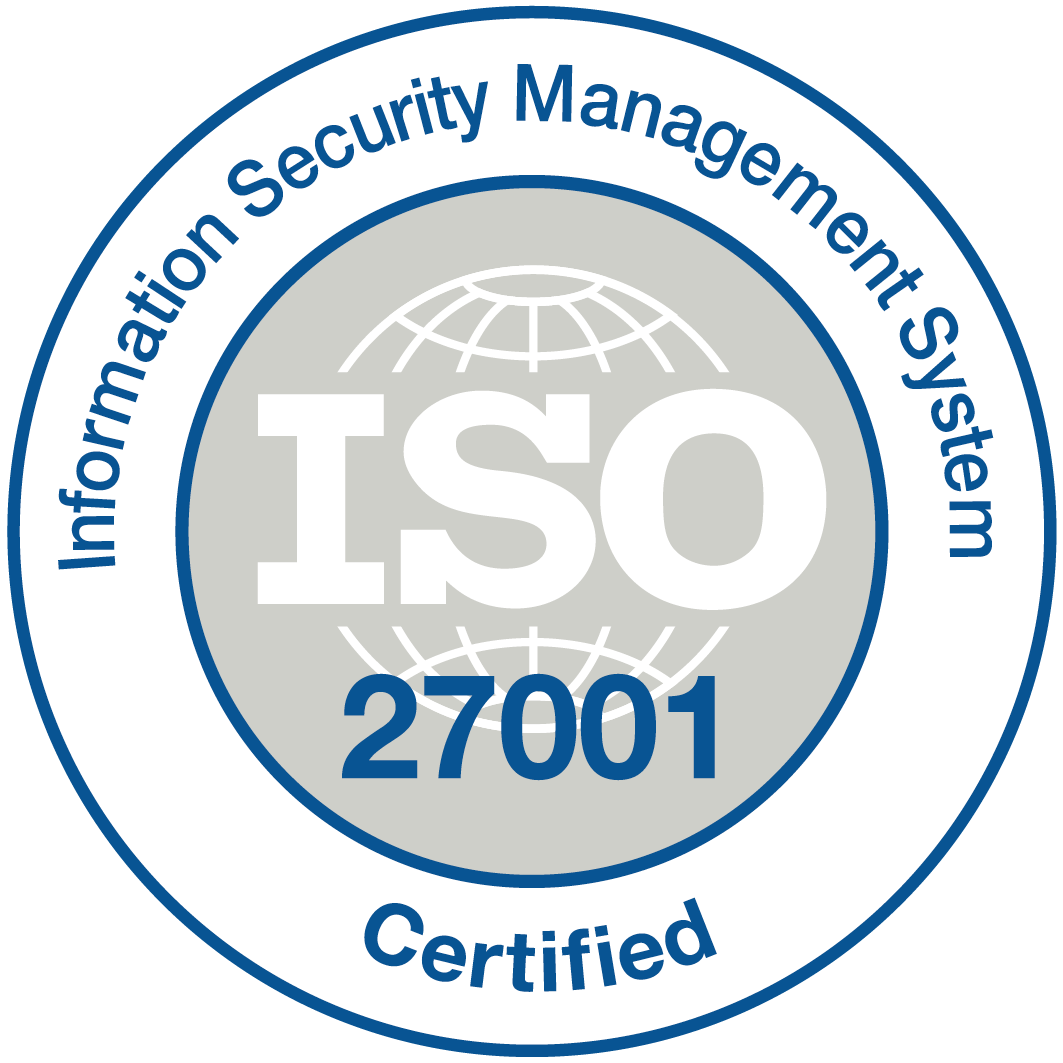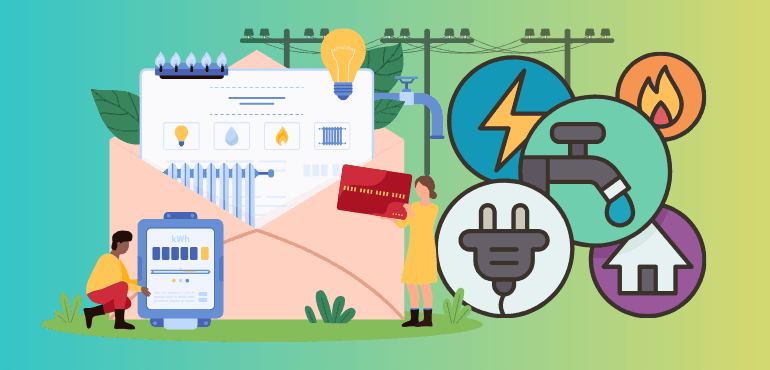
Digital Transformation in Utilities: Conquering Challenges to Drive Unstoppable Growth
Reading Time: 7 minutesWhat happens when outdated infrastructure meets modern expectations? You can expect blackouts, higher costs, slower service, and unhappy customers. Currently, utilities are navigating a maze of challenges, including the rise in demand, strict environmental mandates and policies, and never-ending customer expectations for real-time service. It is all too tough to handle. Traditional systems and manual processes

How to Build an App: The Ultimate Guide for Non-Techies 101
Reading Time: 10 minutesYou’ve got the app idea. Now what? If you’re like most business leaders or entrepreneurs, the moment inspiration strikes, it is quickly followed by a wave of questions: “How to Build an App? what are app development basics? How do I bring this to life? Who do I hire? How much does it cost to make

How to Improve Workflow Efficiency: 13 Proven Ways with Automation
Reading Time: 7 minutesHow can we improve workflow efficiency? Every team struggles with this question as they face missed deadlines, scattered communication, and time-consuming manual tasks. These workflow pain points don’t just slow down operations—they directly affect business outcomes. When everyday processes become chaotic, it’s clear the system needs fixing. The system needs custom-built workflow automation for workflow efficiency.
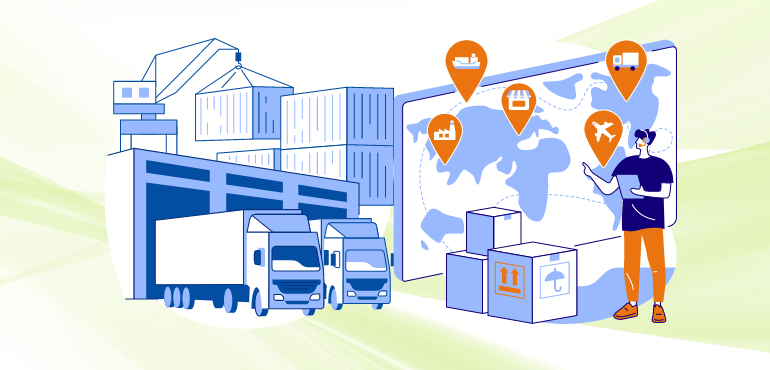
Your 101 Guide to Custom Warehouse Management Success
Reading Time: 15 minutesIn a world where speed, accuracy, and efficiency define success, warehouse management has emerged as a cornerstone of modern business operations. Whether you’re running a bustling e-commerce store, a manufacturing plant, or a logistics network, how you manage your warehouse can determine your ability to meet customer demands, control costs, and stay ahead of the

Top 10 Reasons to Encourage Citizen Development at Work: Supercharge Innovation
Reading Time: 13 minutesA lot is being talked about how organizations must encourage citizen development. Data goes to show that each year there is an increase in the percentage of citizen developers. These are people who don’t have a tech background and are building new applications and programs faster than ever. While this may seem like it’s a

Custom Supplier Relationship Management 101: Your Ultimate Winning Guide
Reading Time: 12 minutesWhen was the last time you felt a standard supplier relationship management solution truly addressed your company’s unique needs? In today’s dynamic market, a one-size-fits-all approach is no longer enough. Traditional SRM systems often fall short, incredibly, when data is siloed across various departments and platforms, making it difficult to manage supplier relationships effectively. Fragmented
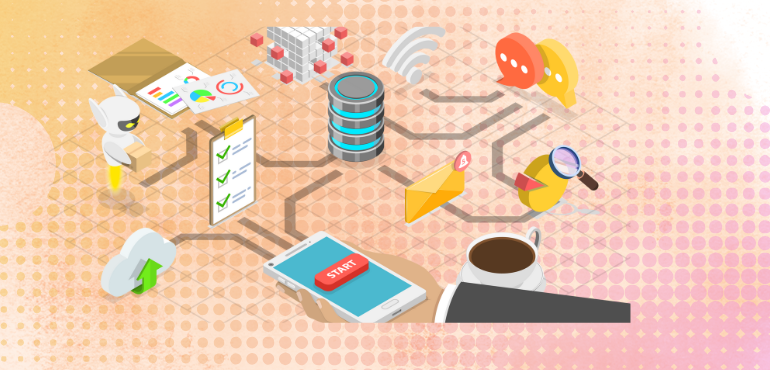
Customized Digital Transformation in Finance: Your Complete 2025 Strategy Guide to Succeed
Reading Time: 14 minutesCFOs today aspire to build an automated, AI-enabled finance function that drives efficiency and agility. Yet, nearly 70% of transformation projects lag behind expectations, creating frustration and stalling progress. Challenges like outdated processes, resistance to change, and high implementation costs often hinder success. Digital transformation is a key that offers a powerful solution, enabling modernized

Visual Workflow Builder: Simplifying Process Automation in 2025
Reading Time: 7 minutesDesigning a business process shouldn’t feel like solving a complex puzzle. Yet, many organizations are stuck trying to navigate rigid systems, disconnected teams, and a maze of documents – a scenario all too familiar from the traditional coding era. But what if there was a better way? What if you could eliminate the manual
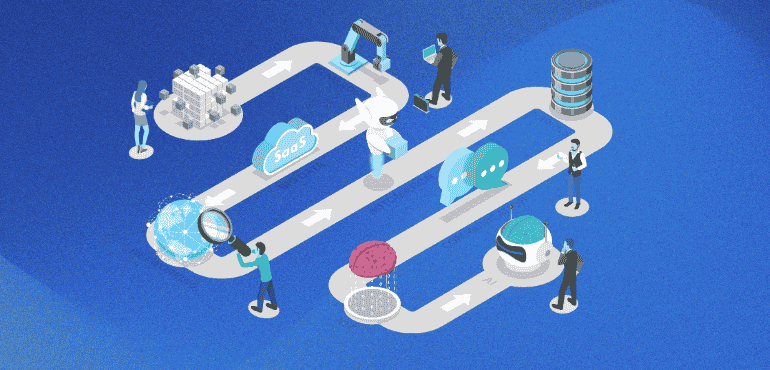
Enterprise Digital Transformation in 2025: Seamlessly Bridging Gap Between Tech & Business
Reading Time: 8 minutesIn today’s rapidly evolving business landscape, the phrase “adapt or perish” rings truer than ever. Enterprise Digital Transformation is the driving force behind this imperative, a concept that goes beyond mere technological upgrades. It’s a fundamental shift in how businesses operate, deliver value, and interact with customers, all while aligning technological advancements with strategic business

Application Platform as a Service (aPaaS): The Key to Faster, Smarter App Development in 2025
Reading Time: 6 minutesApplications are the driving force behind modern businesses. From the everyday apps on our phones to the sophisticated enterprise software that powers global operations, organizations depend on applications to stay competitive. Yet, traditional app development remains slow, expensive, and limited, hindering innovation and agility. With over 5 million apps available across major app stores and







